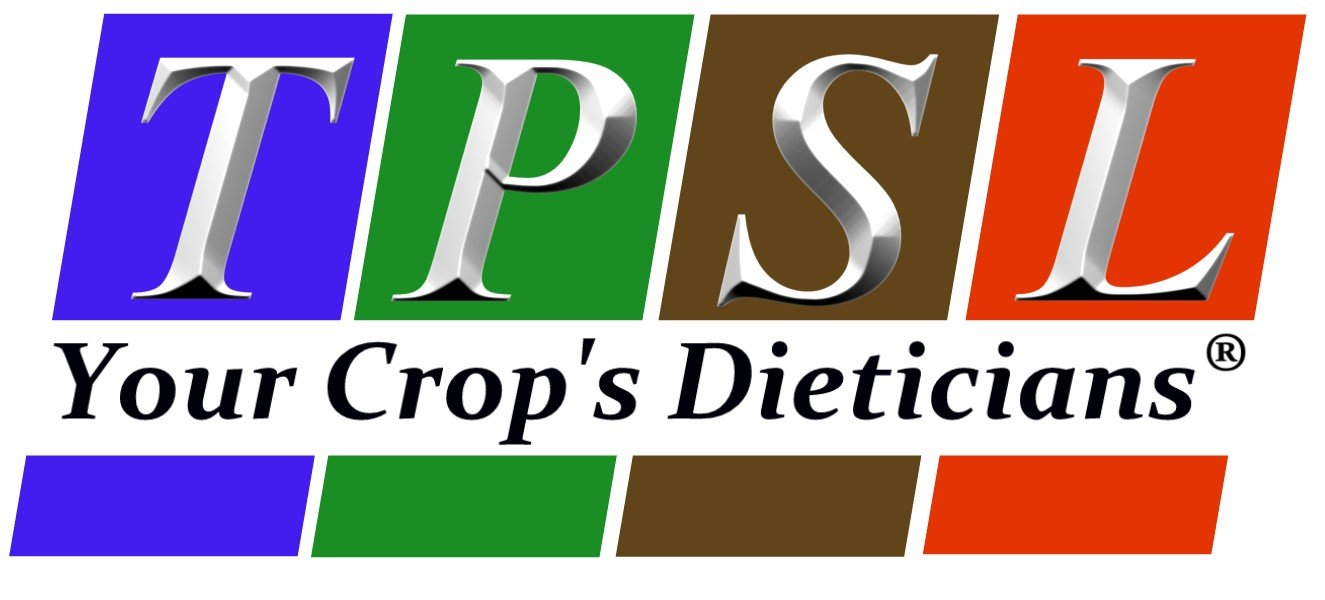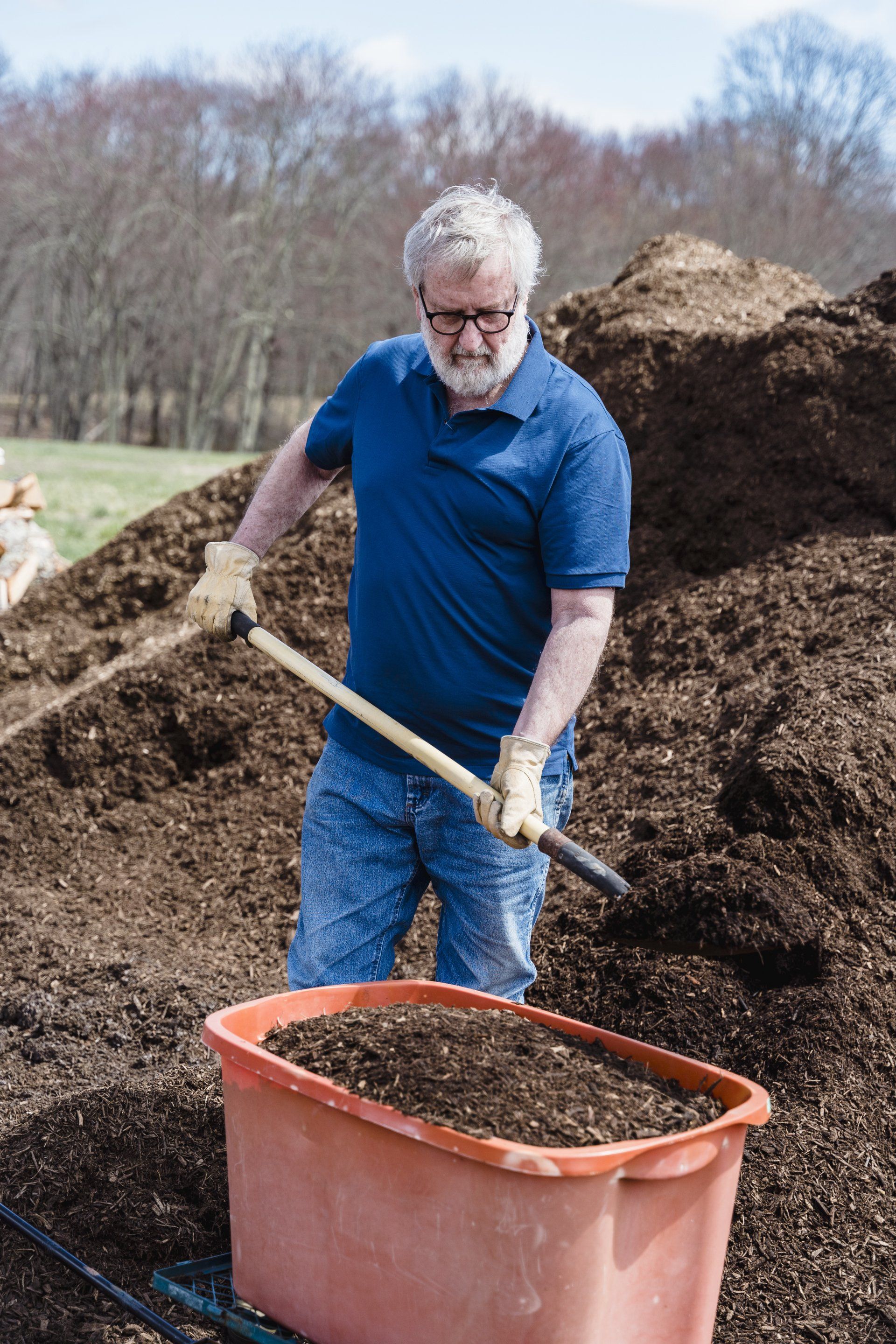Plant Stress and Proline – Avoiding Crop Performance Loss
Visual detection of plant stress often comes too late...
In his 1995 State of the Union speech, President Bill Clinton highlighted a USDA program addressing plant stress as an example of wasteful “pet project” government spending. We knew then, and know even more now, that plant stress is a very significant yield-and-quality-robbing factor in agricultural crops to which little attention has been paid.
We try to optimize fertility, irrigation, weed and pest management practices to achieve the best production under the constraints of environment and economics. However, it has become clear that plant stress comes from everything we try to control; it is additive, and it can be cumulative—resulting in loss of yield and quality potential.
For the grower, visual detection of plant stress often comes too late to do anything more than damage control by preventing further loss of yields and quality for the season. One visually-obvious "too late" example is dropped squares and bolls in cotton. Another is shed flowers and pods or a predominance of two and three-bean pods in soybeans if stress is present early-on, or empty pods if stress occurs later.
In plant health, as in human health, there are signs, although they may not be obvious, that stress is present. The trick is in detecting and interpreting those signs – ideally, before they can be seen, This is evidenced by many of us having annual physical check-ups and blood (in the case of plants, sap) tests to detect "hidden" problems. Certain “biological signals” accumulate in the plant during periods of stress. They are produced in response to environmental stresses such as water, light, temperature, and salinity. Their appearance are signals that something is hindering normal plant growth and development with consequent loss of yields and quality.
One of the common stress molecules in plants is Proline. Proline is an amino acid normally produced during protein production. In times of stress, plants over-produce this molecule which can be measured with whole leaf analysis. Elevated proline indicates stress responses have been initiated by the plant. The excess proline stimulates metabolic changes in the plant to cope with the stress.
However, proline is not only a signal but also directly helps maintain internal cell turgor, preventing electrolyte losses by supporting good osmotic balance. Proline also reduces the undesirable reactive oxygen species molecules (ROS) which, in times of stress, can overcome the natural ability of plants to dispose of these harmful molecules that are normally produced during metabolism.
Good crop nutrition is fundamental to warding-off harmful effects of environmental stresses. Therefore, proline is both a plant stress response and a signal. Increased proline production allows a plant to marshal its physiology to accommodate the stress. But generally, the internal changes the plant makes to manage stress reduces its productivity in favor of survival advantage.
In short, high proline values are simply symptoms of larger problems in the plant. Our primary use of the proline data is to formulate a plan to ameliorate or manage the stresses causing the proline response. With high proline, the plant is telling us that something is wrong.
We don't want to eliminate stress, but control it so that the plant can continue to grow and produce well during the season. Elimination of stress is not a goal because the plant uses certain stresses as timing functions for several important metabolic processes.
While the overall concern is in reducing chronic or unanticipated stresses, there are certain conditions during crop development under which induced and carefully-controlled plant stress can be of great financial benefit to the grower: Scheduled and managed stress can result in higher nutrient content of the crop (premium quality) or greater yields, or both. This is demonstrated by actual field results.
Accordingly, the goal is not to minimize stress across-the-board throughout the season, but to carefully time the inducement, control and manage it.
Regardless, carefully managing overall stress responses during growth promotes better total plant performance. Our in-season recommendations include steps to minimize destructive unplanned stresses and manage desired ones detected by increased proline production. For example, for a low-moisture stress, we may recommend increasing potassium fertility to increase internal water use efficiency. Additionally, based on other Ask The Plant ® tests, silicon and other nutrients are recommended to maintain canopy structure and function, and to reduce or eliminate disease and insect pressures.
TPS Lab uses the proline test to monitor total stress in crop plants. If stress levels are high, the results, together with sap and tissue nutrient test results and the information you provide, guide us in prescribing changes to management that will control those stresses. Remember, elevated proline levels indicate stresses that are most often caused by multiple factors. We consider those factors to formulate a complete remediation plan that addresses all stresses.
Proline may have other effects on plants as well. We have been collecting proline data for some time. We have seen that reproductive tissues from stressed plants appear to differ from those of low-stress plants. Therefore, if you hold seeds, tubers or bulbs over to plant yourself or sell them for planting, controlling stresses may influence future crops as well. We continue to evaluate these effects.



